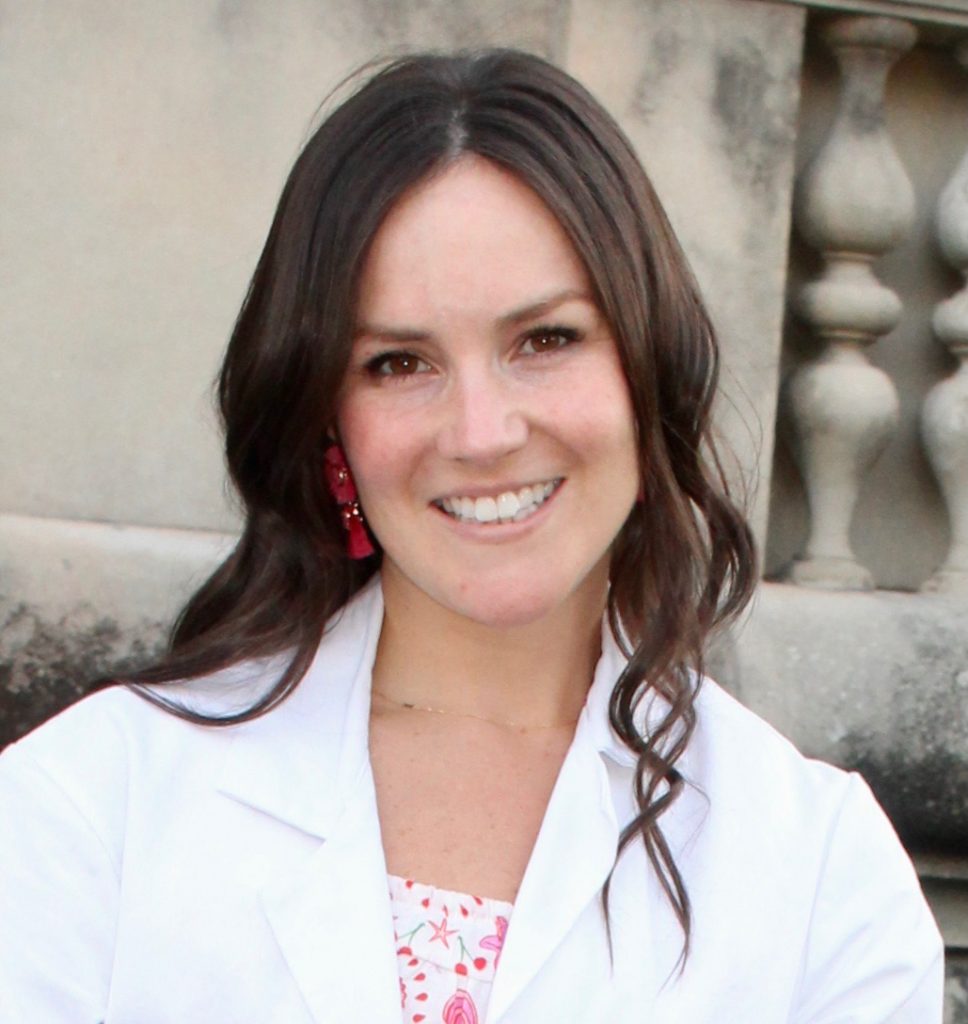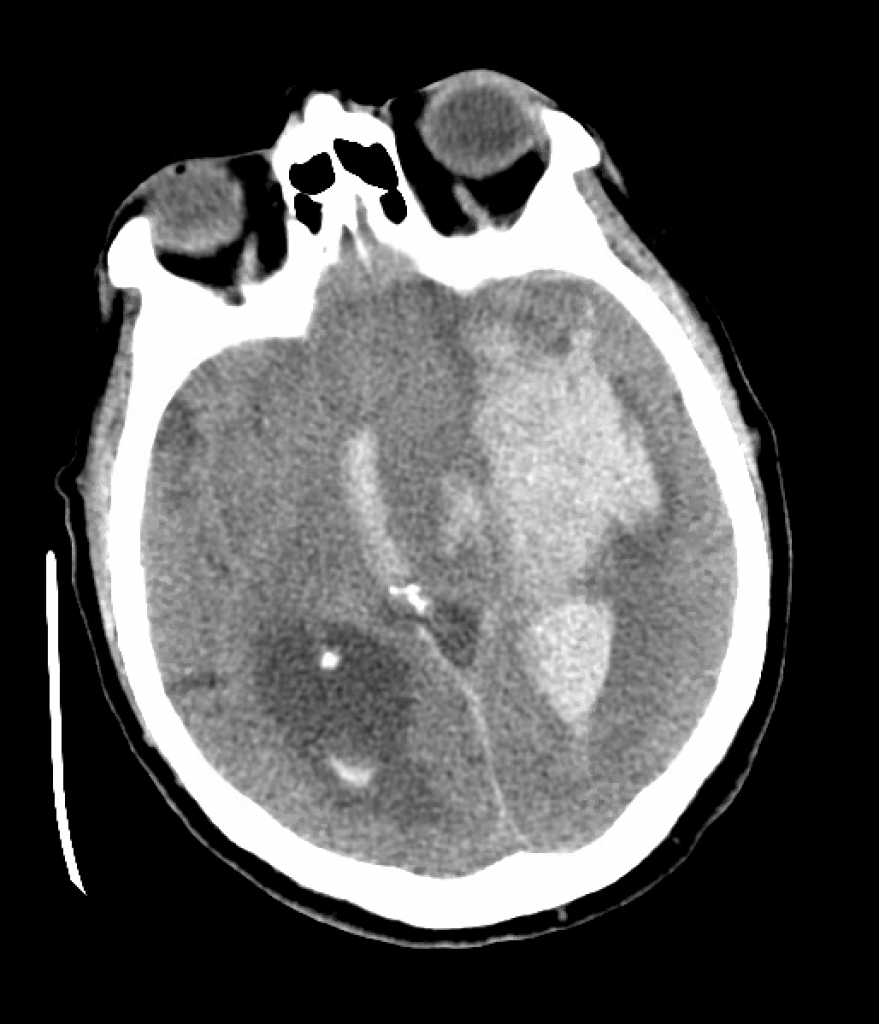Podcast: Play in new window | Download
Subscribe: Apple Podcasts | Spotify | Android | Pandora | iHeartRadio | TuneIn | RSS
We look at the patient with known pulmonary hypertension admitted for new issues like sepsis and pneumonia, and how they differ from our usual bread and butter, with help from Dr. Raymond Foley, director of the medical ICU and the pulmonary/critical care fellowship at UConn Health, as well as director of their pulmonary vascular disease program.
Click here to claim your CME credit!
Takeaway lessons
- Evaluate for the risk of decompensation in a patient with known PH and acute illness by considering their most recent echocardiogram, and repeating it as soon as possible after admission. Signs of baseline and/or new RV strain, such as reduced TAPSE, septal bowing, etc, as well as pericardial effusion, suggest a poor reserve for the stresses of their new ICU course. Right heart cath or echo PA pressures are less relevant than their cardiac function; pulmonary pressures fluctuate and are much less relevant to the clinical picture.
- Common causes of decompensation of PH include sepsis, medication issues (such as interruption of continuous PH meds), and polypharmacy (such as introducing an alpha agonist to treat a URI).
- When admitting the acutely ill patient with known PH, strongly consider early transfer to a PH center, preferably the one that already knows the patient.
- Typically, continue to administer outpatient PH meds, unless forced to hold or convert them to another agent due to lack of enteral access, absorption issues, or other factors.
- Avoid intubation if at all possible, as this can easily provoke cardiovascular collapse. Avoid hypoxemia and hypercarbia as well, which can both lead to worsening pulmonary arterial pressures. Maintaining both of these goals may require a thoughtful decision on when a patient should transition from modalities like high-flow nasal cannula to intubation. Non-invasive positive pressure like CPAP/BiPAP may be a reasonable middle ground, but could still provoke some instability due to the positive pressure.
- Consider targeting a higher MAP than in other patients to maintain perfusion of the RV. A reasonable MAP goal is 65 plus the CVP.
- Norepinephrine is a reasonable first-line vasopressor, but vasopressin might be even smarter, as it has no effect of increasing on the PVR and at low doses may even reduce it (activating V1/V2 receptors in the pulmonary circulation). Epinephrine at lower doses is a good second line, providing inotropic support for the RV without much impact on PVR.
- Place an arterial line early. Consider a central one such as in the femoral artery if they’re sick. Place a central line; trending CVP can be helpful. If they’re really hemodynamically unstable, consider floating a PA catheter. Non-invasive cardiac output monitors are of questionable utility.
- If intubating, induce them thoughtfully, avoiding agents like propofol. Ketamine or etomidate may be wise. Consider pushing the BP higher to avoid episodes of hypotension.
- On the ventilator, be liberal with oxygen and don’t be in a rush to wean it. While hyperoxia is not needed, avoid hypoxia, even transiently. Oxygen is a potent pulmonary vasodilator, and is much better for these patients than giving them a higher PEEP.
- If shock and RV failure are progressing, consider a pulmonary vasodilator, such as inhaled nitric oxide (INO) or inhaled epoprostenol. These have similar effects, although INO is more expensive. Drugs like epo can also be given intravenously, but this has the downside of dilating the entire pulmonary circulation, which can worsen VQ matching; nebulizing it improves perfusion to ventilated alveoli while ignoring shunted lung units. A positive response is improved oxygenation, reduced PA and RA pressures, and improved cardiac output.
- Most patients in RV failure don’t need additional preload, and indeed may benefit from cautious diuresis. A CVP of around 8-12 is usually a good goal.
- Dobutamine and milrinone are all reasonable options for inotropes, depending on your comfort.
- Decompensated PH due to CTEPH can potentially be treated, even in the setting of critical illness, via surgical intervention (e.g. pulmonary endartarectomy).
- Consider mechanical support early, with the best choice probably being VA ECMO.
- Weaning of support, such as inhaled vasodilators, can be achieved by transitioning to other agents like IV or enteral vasodilators (e.g. sildenafil).




